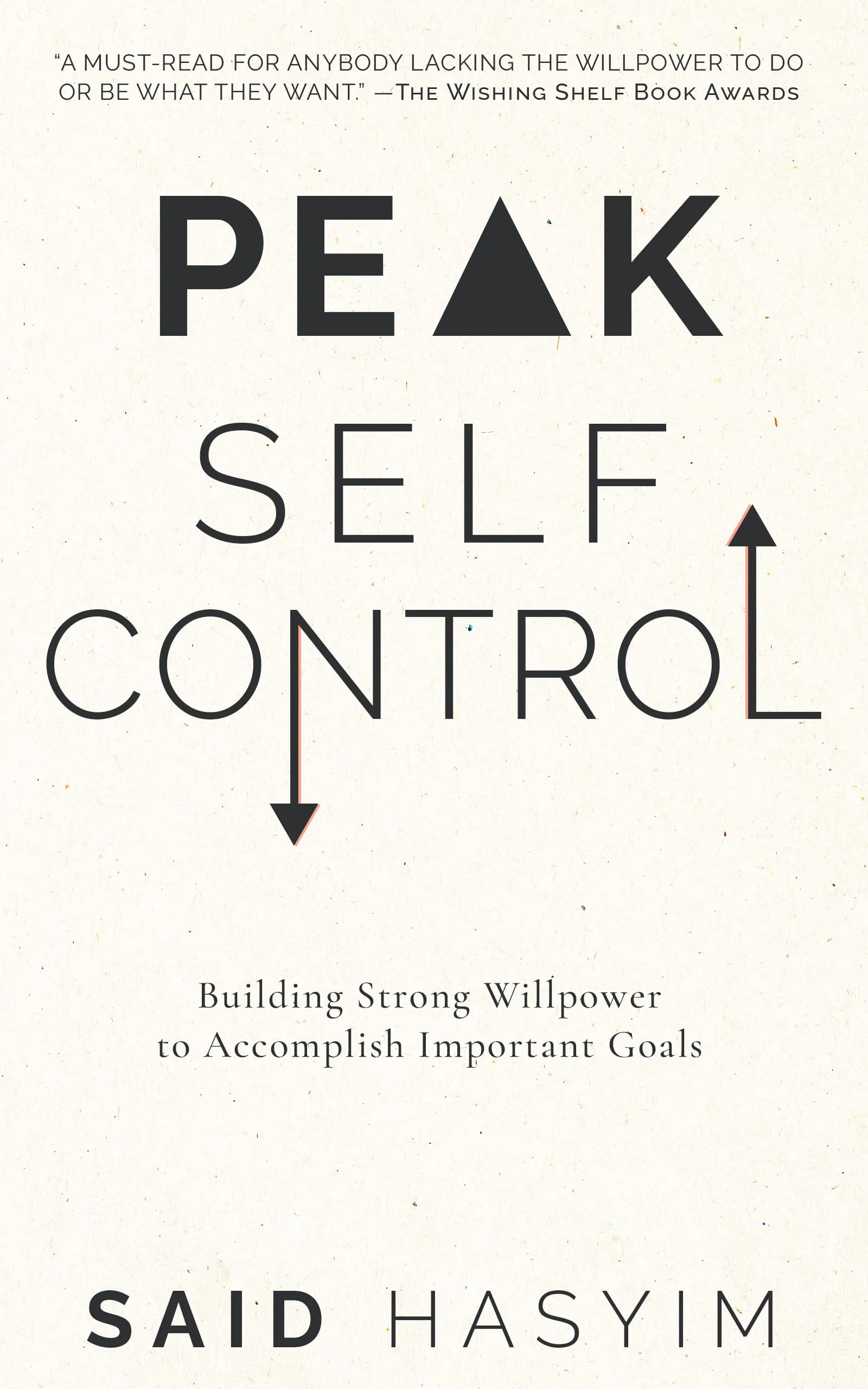Techniques for Overcoming Impulsive Behavior
Impulsive behavior can disrupt our lives in various ways, affecting relationships, careers, and personal well-being. Understanding the nature of impulsivity and adopting effective strategies can help us exercise better control over our actions, leading to improved decision-making and overall life satisfaction. In this blog post, we will explore several practical techniques for overcoming impulsive behavior.
Understanding Impulsive Behavior
Before diving into techniques for managing impulsivity, it's important to understand what impulsive behavior entails. Impulsivity is characterized by a lack of forethought or consideration of the consequences of an action. This may manifest as spontaneous spending, inappropriate outbursts, risky behaviors, or difficulty in delaying gratification. Understanding the triggers and patterns of impulsive behavior is the first step toward managing it effectively.
Common Triggers for Impulsivity
- Emotional States: Feelings of stress, anxiety, or frustration can trigger impulsive actions as individuals attempt to seek immediate relief.
- Environmental Factors: Certain environments may provoke impulsive decisions, such as crowded places, parties, or high-stimulation settings.
- Social Influence: Peer pressure or the desire to fit in can lead to hasty decisions that one might not make in solitude.
Techniques for Overcoming Impulsive Behavior
1. Increase Self-Awareness
Self-awareness is a critical first step in managing impulsivity. Take time to reflect on your behavior, identify triggers, and recognize patterns.
- Journaling: Keep a journal to document situations where you acted impulsively. Note the feelings you experienced, the decisions made, and the outcomes.
- Mindfulness Practices: Engage in mindfulness meditation to enhance your awareness of thoughts and emotions as they arise. This can help you pause before reacting impulsively.
2. Identify & Challenge Automatic Thoughts
Many impulsive decisions stem from automatic thoughts that we accept without question.
- Cognitive Restructuring: Identify negative thought patterns that trigger impulsive behavior. Challenge these thoughts by asking yourself if they’re valid or if there's evidence against them.
- Alternative Outcomes: Visualize and consider alternative courses of action before acting on impulse. Ask yourself how you would feel about your decision in the future.
3. Develop a Plan for Difficult Situations
Having a plan can significantly reduce impulsivity in challenging scenarios.
- Pre-planning: When facing a situation where you know you might act impulsively, create a specific plan outlining how you will respond.
- Avoid Triggers: If certain situations or environments increase your impulsivity, prepare by avoiding these scenarios whenever possible.
4. Pause & Reflect
Learning to pause before responding is crucial for managing impulsive behavior.
- The 10-Second Rule: Train yourself to wait at least ten seconds before reacting. Use that time to breathe deeply and think about your response.
- Counting: If you feel the urge to act impulsively, try counting to 100 or engaging in a distracting activity to create space between the impulse and action.
5. Set Clear Goals
Setting specific, actionable goals can provide focus and motivation in overcoming impulsivity.
- SMART Goals: Use the SMART framework (Specific, Measurable, Achievable, Relevant, Time-bound) to set personal goals related to managing impulsivity.
- Action Steps: Break down each goal into smaller, manageable steps that you can monitor and assess continually.
6. Seek Support
Support from friends, family, or professionals can be invaluable in overcoming impulsivity.
- Accountability Partners: Find someone who understands your journey and can hold you accountable for your actions.
- Therapy: Consider speaking with a mental health professional. Cognitive-behavioral therapy (CBT) is particularly effective for addressing impulsive behaviors.
7. Adopt Healthy Coping Mechanisms
Finding constructive ways to manage stress and emotions is essential for reducing impulsive actions.
- Exercise: Regular physical activity is a great way to channel energy and reduce stress, which can lower impulsive urges.
- Creative Outlets: Engage in art, music, or writing as a means of expressing emotions without resorting to impulsive actions.
8. Practice Delay Gratification
Building the ability to delay gratification is a powerful skill in conquering impulsive behavior.
- Gradual Exposure: Start with small exercises that require you to wait for a short time before satisfying an urge, gradually increasing the duration.
- Visualization Techniques: Visualize the benefits of waiting versus the immediate satisfaction of an impulsive action.
Conclusion
Overcoming impulsive behavior is a journey that requires time, commitment, and the use of effective techniques. By increasing self-awareness, challenging automatic thoughts, developing actionable plans, pausing before acting, setting goals, seeking support, adopting healthy coping mechanisms, and practicing delay gratification, you can significantly improve your ability to manage impulses.
The path to change may be challenging, but by implementing these strategies, you can lead a more mindful, deliberate life. With practice and persistence, it is entirely possible to transform impulsive tendencies into thoughtful decision-making—empowering you for greater personal growth and fulfillment. Remember, every small step you take towards managing impulses brings you closer to the person you aspire to be.
Start Mastering Self-Discipline Today
Discover Peak Self-Control, a practical book to mastering self-discipline. Break free from distractions, build healthier habits, and improve your relationships. Gain effective strategies to enhance your willpower and make meaningful life changes, even amidst a busy schedule. Small adjustments can lead to significant improvements in your daily routine.
